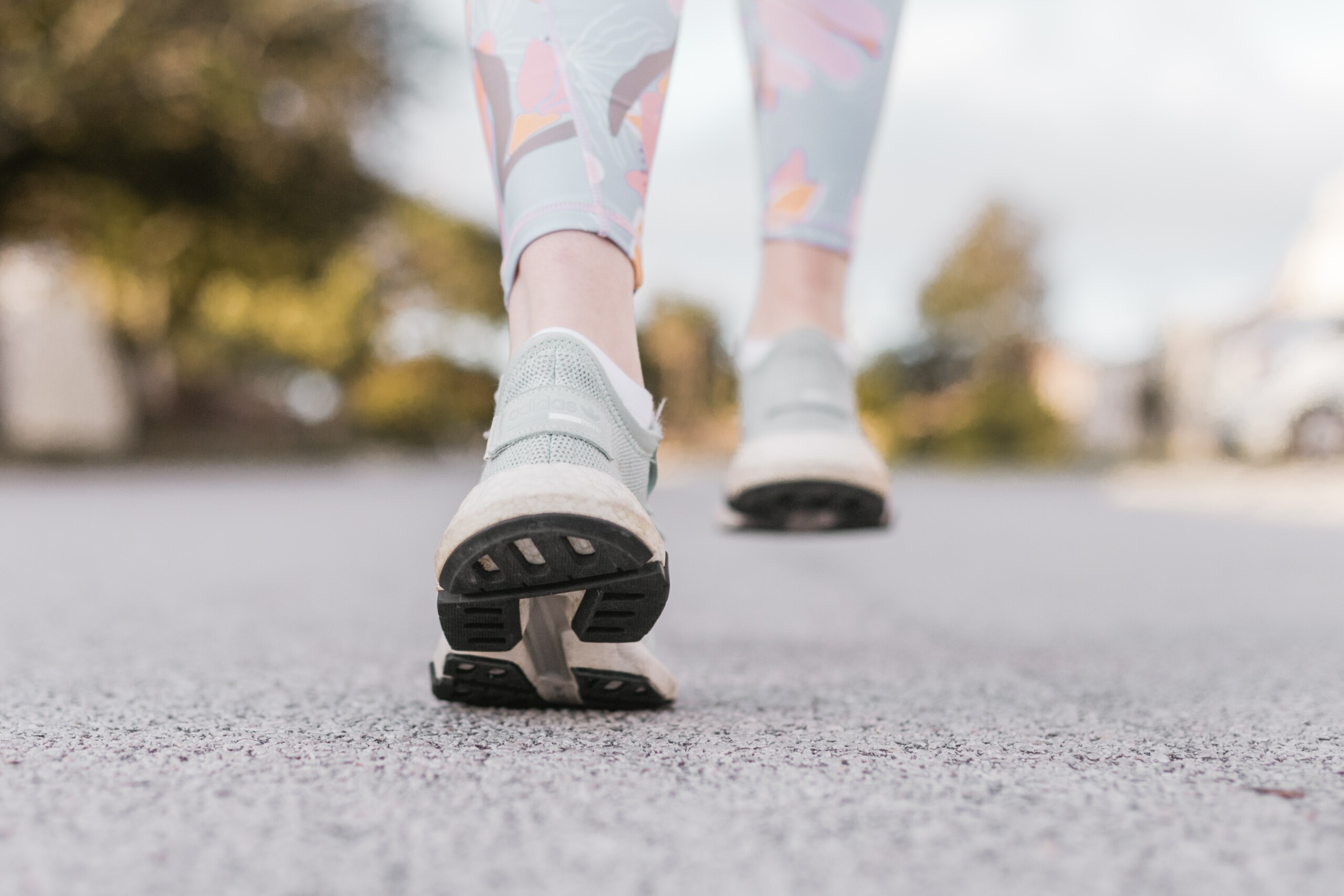Managing chronic pain for seniors

Photo by Sincerely Media
One thing we firmly believe at Unison, for Generations 50+, is that not all parts of aging are negative — even with how complicated it is learning just how to retire!
There’s plenty to enjoy, whether it’s enjoying long-ignored hobbies, the wisdom of having spent more time on this earth, or making lots of quality memories with friends and family.
However, there’s something we all can agree is completely awful when it comes to getting older: pain.
Aches, pains, muscles and bones: it’s just a fact as one ages, the chances of experiencing chronic pain increases.
It’s not that pain is a natural part of growing old — far from it.
But pain is actually more common in seniors because the diseases, injuries or conditions which cause pain are more common, according to the Canadian Psychological Association.
These conditions can include arthritis, shingles, emphysema, osteoporosis, or a host of others.
It goes without saying that pain isn’t fun. But the effects go beyond just the physical discomfort.
Chronic pain also leads to many other negative health outcomes for seniors, beyond just the physical.
Fatigue, frustration, depression and other mood changes, alongside poor sleep schedules, a withdrawal from activities one enjoys and a weakened immune system.
Chronic pain is no joke.
The best way to manage chronic pain, however, is one that chronic pain makes more difficult: regular movement and activity.
It feels like a Catch-22; the pain makes movement and activity difficult, but staying sedentary will only make it worse.
That’s why if you’re just starting to experience chronic pain — or have yet to — starting movement and regular activity may be a preventative measure.
It’s important to speak to a health care professional before you begin any exercise program, but if you choose to, Unison’s Active Aging programming can’t lead you wrong.
Sure, walking the dog, doing your gardening or taking the stairs are all great ways to improve your mobility and activity! But when things are fun and exciting? It sure makes it a lot easier.
That’s why we have Active Aging programming for all levels of fitness and all interests. Whether it’s dropping in to play pickleball, signing up for Tai Chi or Yoga, or doing a fitness class online through Zoom: we’ve got everything you might need to stay fit and keep the effects of chronic pain at bay.
There are other ways to help alleviate chronic pain, too! Maintaining a healthy sleep schedule will go a long way.
This means avoiding large meals or large quantities of fluid a few hours before bedtime; making sure your sleep space is quiet, dark and cool; and go to bed at roughly the same time with the same routine as often as you can.
But even with all of these changes, chronic pain is chronic pain. It has the potential to be unpleasant, even aggravating regardless.
That’s why it’s important for seniors to reach out, speak to others and develop healthy coping strategies.
Our minds and hearts are just as important as our bodies, and talking to a friend, a therapist or a psychiatrist about your daily experience with pain can improve your quality of life.
Chronic pain doesn’t have to be an inevitability, and even if you experience it, it doesn’t mean you can’t take steps to improve your lot in life.
There’s always hope, and at Unison, for Generations 50+, we want to help you find what that looks like.
